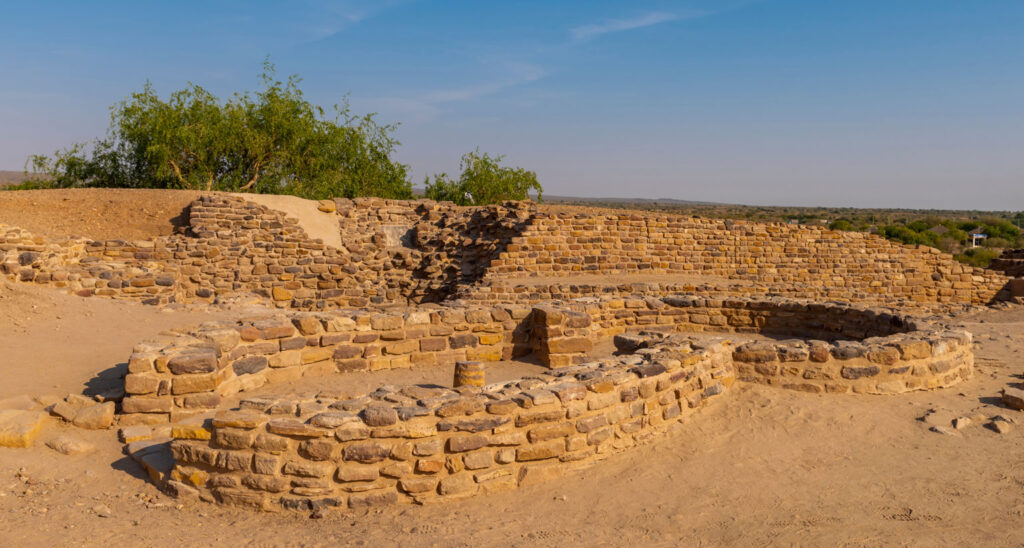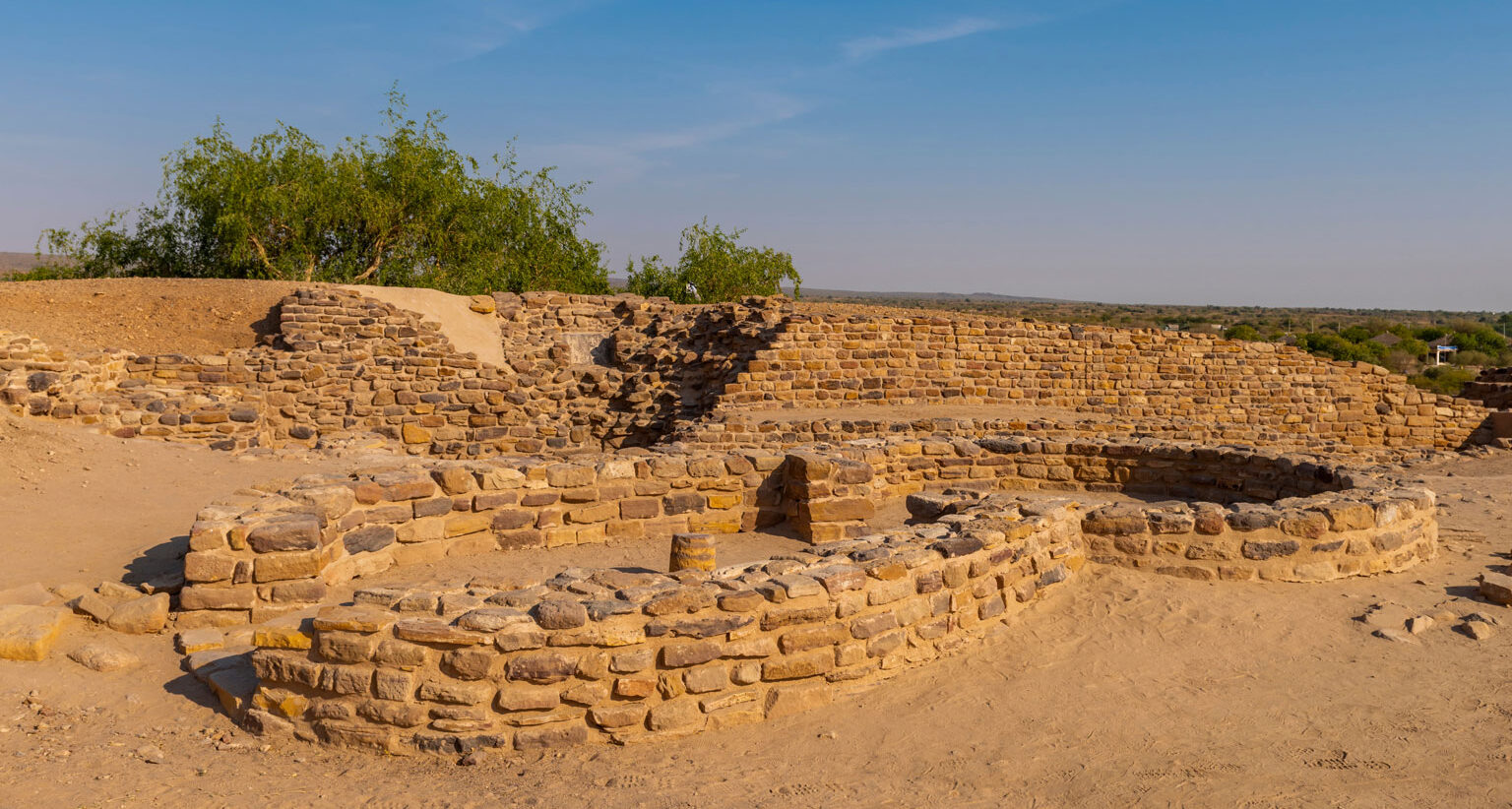Table of Contents
Introduction: Indus Valley Civilization Sites in Gujarat
The Indus Valley Civilization, one of the world’s oldest civilizations, left behind remarkable archaeological sites that tell the story of advanced urban planning, trade, and culture.
- In Gujarat, three significant sites—Dholavira, Lothal, and Surkotada – offer a glimpse into this ancient civilization.
- Dholavira, now a UNESCO World Heritage Site, showcases incredible water conservation systems and ancient urban design.
- Lothal, known for its ancient dockyard, was a bustling trading port.
- Surkotada provides unique insights into the lifestyle and artifacts of the Harappan people.
Explore these fascinating sites to understand the legacy of the Indus Valley Civilization in the region of modern-day Gujarat.
Dholavira UNESCO World Heritage Site

- UNESCO World Heritage Site: Included in 2021, making Gujarat the state with four World Heritage Sites.
- Location: On the island of Khadir in the Great Rann of Kutch.
- Historical Significance: Largest of two major Indus Valley Civilization excavations in India, dating back 4500 years.
- Key Features:
- Remarkable water conservation system.
- Evidence of seven stages of civilization from development to decay.
- Unique urban planning with fortified citadel, middle town, and lower town.
- Large stadium and expertly constructed drainage systems.
- Artifacts: Terracotta pottery, beads, gold and copper ornaments, seals, and animal figurines.
- Trade links with Mesopotamia.
- 10 large stone inscriptions in Indus Valley script, potentially the world’s earliest signboards.
- Cultural Insights: Transition from urban to de-urbanized culture during later stages, indicating a voluntary simplification of life.
Lothal Ancient Trading Port
- Location: 80 km southwest of Ahmedabad.
- Historical Significance: One of the most important cities of the Indus Valley Civilization, thriving around 3700 BCE.
- Key Features:
- World’s oldest known artificial dock connected to the Sabarmati River.
- Acropolis, lower town, bead factory, warehouses, and advanced drainage system.
- Artifacts: Jewelry, pottery, seals, religious symbols, and daily use objects.
- Proposed UNESCO World Heritage Site.
- Trade and Economy: Evidence of extensive trade with Mesopotamia, Egypt, and Persia.
Surkotada Harappan site
- Location: Northeast of Bhuj, approximately 50 km from Rapar.
- Historical Significance: Discovered in 1964, dates back to 2300 BCE.
- Excavation: excavated by Jagat Pati Joshi of Archeological Survey of India in 1964-1968.
- Key Features:
- Fortified citadel and residential annexes.
- Evidence of horse (Equus caballus) and ass (Equus asinus) remains, along with cattle, sheep, goats, deer, dogs, and pigs.
- Artifacts: Copper celt, chisel, Harappan beads, chert blades, and pottery.
![]() Read More About
Read More About
Indus Valley Civilization

Prepare for UPSC State PSC exams with comprehensive notes on the Indus Valley Civilization [3300-1300 BCE]. Learn about its urban planning, trade, major sites, and more.

